Westbury
House, St. Margaret`s St,Bradford on Avon
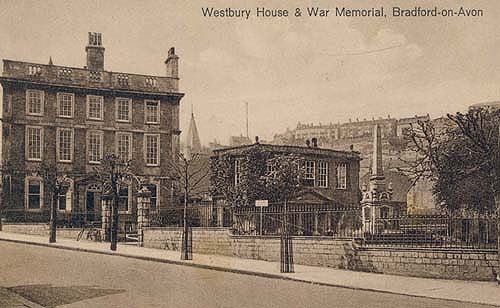

Westbury
House 1905
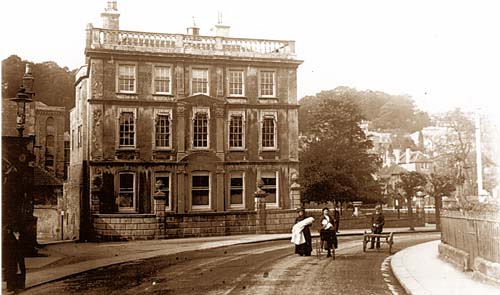

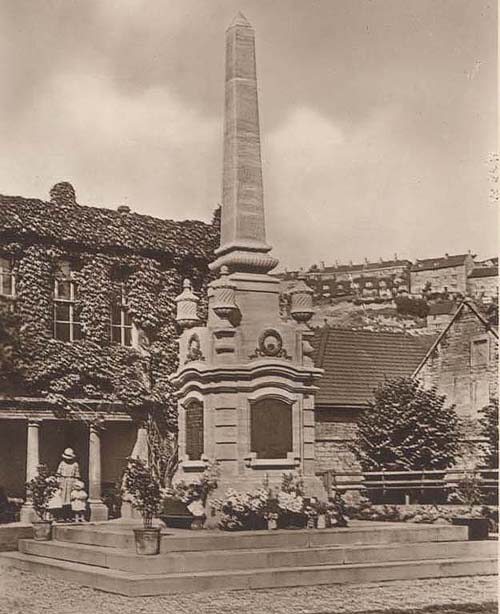
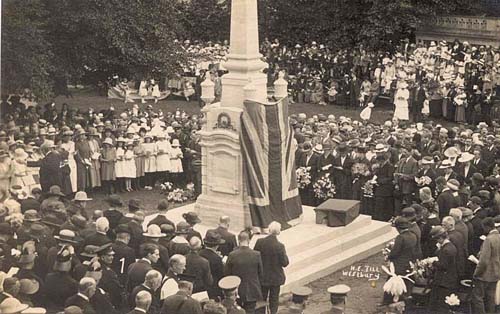
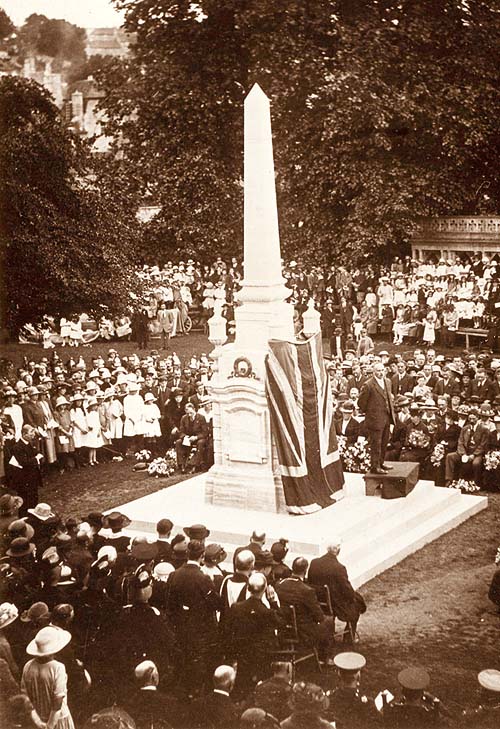
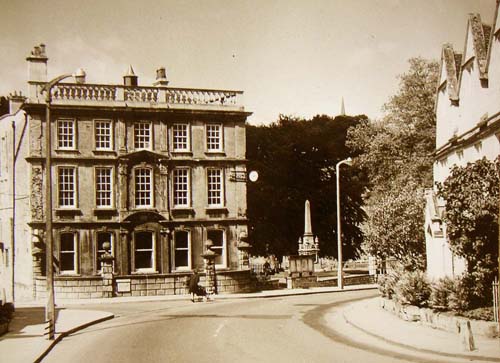
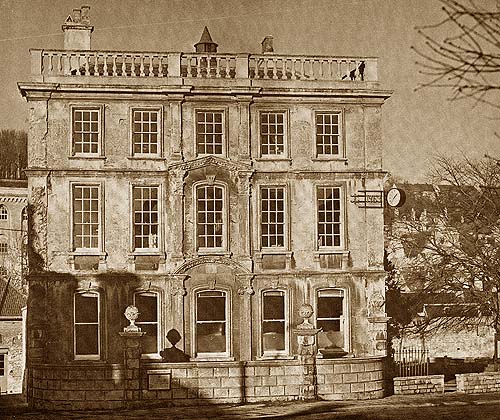
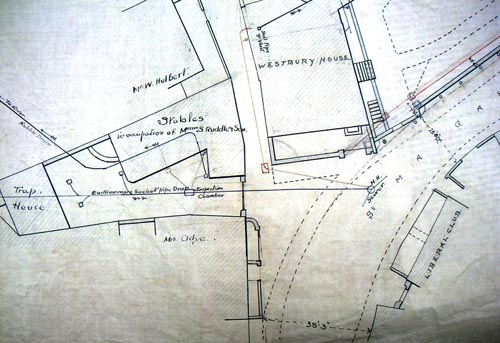
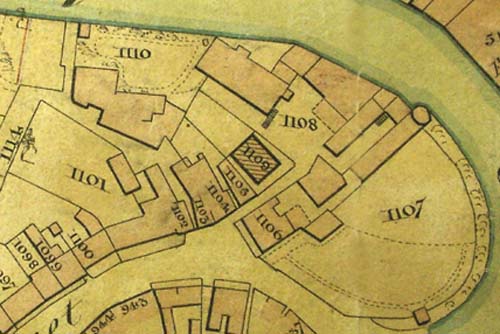
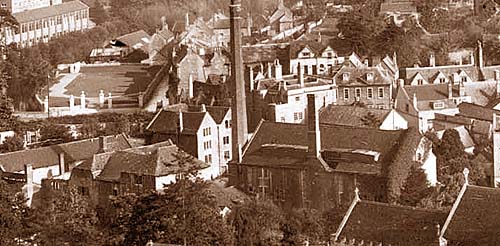
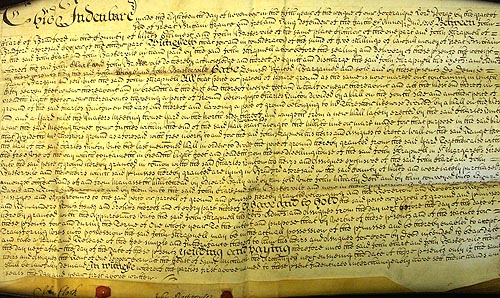
extract from Rev.
W.H. Jones`s History of Bradford on Avon:
On the introduction of the spinning jennies, and the carding machines,
no disturbance had arisen, however much men may secretly have murmured
them. But when a step further was taken, then their broke out iuto open
resistance. On the evening of 14, 1791, a tumultuous mob of nearly 500
persons
assembled before the house of Mr. Phelps, an eminent clothier of the town
who lived in the first large house on the right hand after passing the
bridge, on the road from Bradford to Trowbridge. [This house was later
on occupied by Dr. Bethell, and in it his son Richard, afterwards Lord
Westbury and Lord Chancellor, was born. Hence its present name, Westbury
House.] It was afterwards occupied by Mr. George Spencer, [but now by
Mr. Charles S. Adye.] There are still to be seen in the garden wall facing
the street traces of the holes through which Mr. Phelps and his friends
fired upon the rioters. [The Author seems to have been mistaken: I find
no trace of these holes on the inner side of the wall.']
The matter of complaint was, that he had converted one of his old carding
engines into a scribbling
machine, which the hand-scribblers believed would eventually throw them
out of employ. A demand was, therefore, made by the mob that Mr. Phelps
should deliver up the machine into their hands, or else pledge himself
never more to work it. On his refusing to do so the rioters began to throw
stones, whereby many who by this time had come to the assistance of Mr.
Phelps were seriously wounded. They continued their assault until not
only all the windows of the house were broken, but much of the furniture
damaged. Feeling that their lives were in danger, Mr. Phelps and his friends
fired on the mob, and a man, a woman, and a boy were killed, and two others
dangerously wounded. Still the tumult was unappeased, and, as the only
means whereby to save the further effusion of blood, Mr. Phelps surrendered
the obnoxious machine into their hands, and they burnt it upon the bridge.
Some of the principal rioters were subsequently captured, and sent to
take their trial at the ensuing assizes. The coroner's inquest which sat
on the slain bodies, returned a verdict of ' justifiable homicide.' The
prisoners' names were Samuel Norman, James Bryant, William Greenland,
and Benjamin Derrett. Against Derrett no bill was found-The rest were
acquitted.
Memorials in Holy Trinity Church:
BETHELL
GEORGE ; a Magistrate for the County of Wilts, (d. March 26, 1795) : and
SARAH, his wife (d. Jan. 7, 1777) ; also ELIZABETH, their daughter (died
in infancy).
BETHELL JAMES ; of Lady Down (d. April 24, 1831), and ELIZABETH, his wife
(d. Feb. 7, 1820) ; - also SAMUEL, their second son (d. Feb. 7, 1831),
It is with this latter family that Sir Richard Bethell, late Attorney-
General, [afterwards 1st Lord Westbury, and Lord Chancellor] is connected
; he being the son of Dr. Bethell - (a brother of the above-named 'James
Bethell ')- formerly of Bradford and afterwards of Bristol.